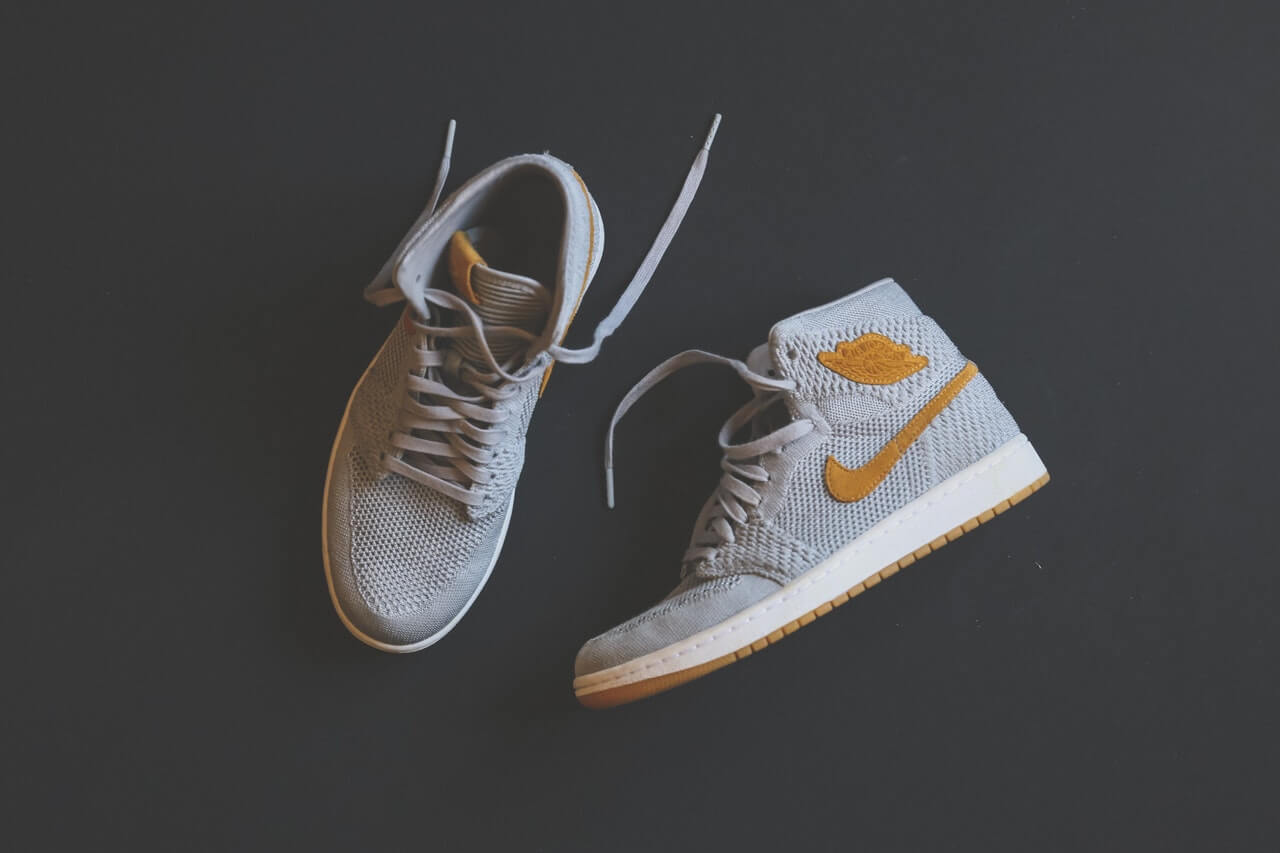
Have you ever been recommended a shoe by a friend that fell short of your expectations? They may have assisted a friend with his or her foot problems, but not yours? Many people are unaware that you should wear shoes that are appropriate for your foot type. What works for your friend in terms of relieving foot pain and improving foot function may not work for you.
Before we get into the specifics, keep in mind the following general guidelines when looking for appropriate footwear:
The length and width of your shoe should be correct. Allow one digit's width between your longest digit and the end of the shoe as a general rule of thumb. Make sure any bunion deformities are taken into account.
You should be able to bend the shoe in half or twist it along the midfoot to determine if it has good stability. Only at the forefoot, where your toes begin, should it exhibit good flexion.
The shoe's outer sole should have enough grip to keep the foot from slipping while walking, or at the very least not encourage it.
When purchasing shoes, keep in mind the activity for which you intend to use them. There's a reason why some shoes are made specifically for a sport. Cleats, for example, increase friction between the ground and the shoe, reducing the risk of falling and injury.
You should now look for specific characteristics in a shoe based on your FOOT TYPE.
Feet can be divided into three categories in general:
When you walk, your feet tend to roll inwards towards your arches. Your feet are usually very mobile and flexible. When you stand, you may notice that your foot widens significantly and your arches lower, if not completely flatten.
A motion control shoe is the best shoe for this foot type. To counter overpronation, this shoe has a straighter sole or last and a stiffer heel.
Your feet have a tendency to be rigid and stiff. You might also notice pressures on the outside of your foot rather than the arch. Finally, you probably have a high arch and pressure points in the ball and heel of your foot.
A cushioning shoe is the best choice for this foot type. To encourage pronation, this type of shoe has increased shock absorption and minimal arch support. Shoes with a mouldable sole may also aid in the redistribution of pressures across the bottom of your foot.
Your foot has a medium to low arch, rather than a high or flat arch. You pronate in the right way. In standing position, your heels are relatively straight when viewed from behind.
A stability shoe is the best shoe for this foot type. A stability shoe is designed to help decelerate mild pronation while also providing some cushioning.
AstheticTrend collects & utilizes cookies from third-parties & affiliate networks to improve user experience. If you buy a product or service after clicking on one of our links, we may get a commission.